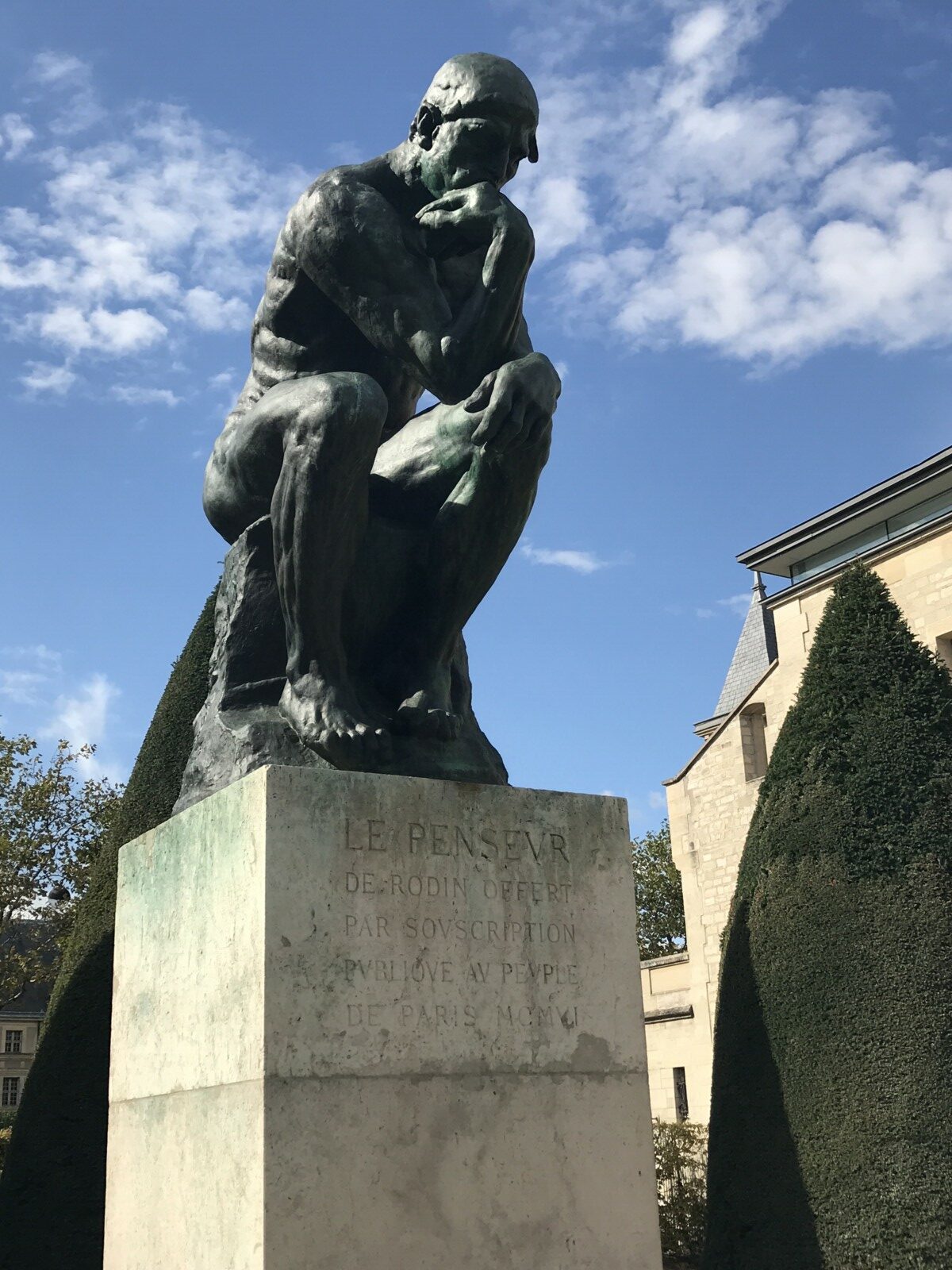One of the most important aspects of becoming a good investor is creating a model of the world around you. To do this, you must have good decision-making skills, and the ability to make sense of incomplete and sometimes contradictory information.

This is not easy.
Indeed, it is often counterintuitive. What seems like an obvious market-moving data point or piece of news is very often already in the price. It requires what Howard Marks calls second-level thinking. If I know this thing – because I found it through public sources – does everybody else know this thing? For how long? Is it already well known and well understood, and therefore priced in?
This is the key difference between investing and other pursuits, like politics, sports or religion: The feedback loop in markets is just so much faster than everything else. If your fundamental belief system is wrong, if you rely on “facts” that turn out to be false, you typically find out sooner rather than later.
For sure bull markets have a tendency to run longer and further than most people expect; it’s true for individual companies, sectors, and the entire market. But even those instances eventually mean revert, and if your fundamental beliefs are wrong it will show up in your Portfolio’s P&L.
I bring this up this morning because of two news stories that I happened across while preparing my daily reading list. One involves pizza, the other involves COVID, both are classic examples of how easily we can be misled if our thought process isn’t precise and our information sources are “unhygienic.”
Let’s start with this story in The Guardian about New York Za:
Rightwingers say ‘pink-haired liberals’ are killing New York pizza.
“Here’s what’s really happening: That’s the lie fueling the latest rightwing outrage cycle, in a distorted account of a commonsense air quality rule passed in New York City seven years ago. In reality, the rule, which soon takes effect, requires a handful of pizzerias to reduce the exhaust fumes that could harm neighbors, using a small air filter like those required at other New York City restaurants, which have been used by pizza shops in Italy for decades.”
I love this example: A run-of-the-mill restaurant regulation that is relatively modest in its reach gets blown up by the outrage manufacturing industry into something not remotely related to reality. The cost of believing this nonsense is simply an increased possibility of voting for somebody incompetent, as opposed to making a substantial financial mistake. Still, it’s emblematic of a poor decision-making process to believe this foolishness – and that could lead to expensive errors.
Next up, where Covid SARS-19 came from, via MSNBC:
Those insisting the pandemic was human-made are ignoring the known facts
“In May 2021, a group of more than a dozen scientists — including evolutionary biologist Michael Worobey — published a peer-reviewed letter in Science calling for more investigations into Covid-19’s origin, and maintaining that both a natural origin and an accidental lab leak remained viable theories. But here’s where it gets interesting. The same scientists who initially found a lab leak scenario plausible — Kristian Anderson and Michael Worobey — reached the opposite conclusion after they studied the virus.”
I Tweeted that news this morning, and while there were some rational replies, many (most?) raised serious questions about the thought process behind the responses.
My thoughts on that study (which I have not yet read) and the MSNBC piece (which I skimmed): “Hmmm, seems to make sense. The wet lab is more probable than a man-made weaponized virus escaping the lab. But what do I know?”
Here is the thing: I am agnostic on this, having no expertise in this space. As someone who is neither a virologist nor an intelligence operative, I do not have the tools needed to render an expert judgment about the origins of Covid. Also, I tend to disbelieve conspiracy theorists’ ability to keep most big secrets for all that long.
What I do care about is the human decision-making process that surrounds these issues. And that leads to some obvious questions about what is probable and/or likely.
But that’s just the base case. I find it fascinating to see where people’s decision-making process goes off the rails. Ask yourself these questions:
Who is SURE they know what happened?
What sources do these people rely on?
Do they use a specific process for making Macro decisions?
How much do they consider the possibility they might be wrong?
What is their degree of confidence in their own decisions?
Who influenced their conclusions?
What might convince them they are incorrect?Are there other factors are driving this particular decision?
Those questions matter a lot, and not just to Covid skeptics. All of this is so obviously applicable to the thought process that goes into investing.
All good investors must regularly — even constantly! — ask themselves these questions: What do I believe in, and why? How can I tell when I am wrong? What will I do about it? I am constantly trying to refine how I think about investing, evolving slowly over the decades. One of my favorite aspects of hosting Masters in Business is that I get to ask some of the most successful investors in history about their thought processes. It s often deeply revealing and informative.
All of the great public debates over the past few years are instructive as to how to think about thinking: Vaccine skepticism, January 6th attacks, Inflation, the Debt Ceiling, etc. These all revealed many peoples’ thought processes. Too many of them failed to stand up to close scrutiny.
Previously:
What if Dunning Kruger Explains Everything? (February 27, 2023)
Judgment Under Uncertainty (March 25, 2022)
Investing is a Problem-Solving Exercise (January 31, 2022)

